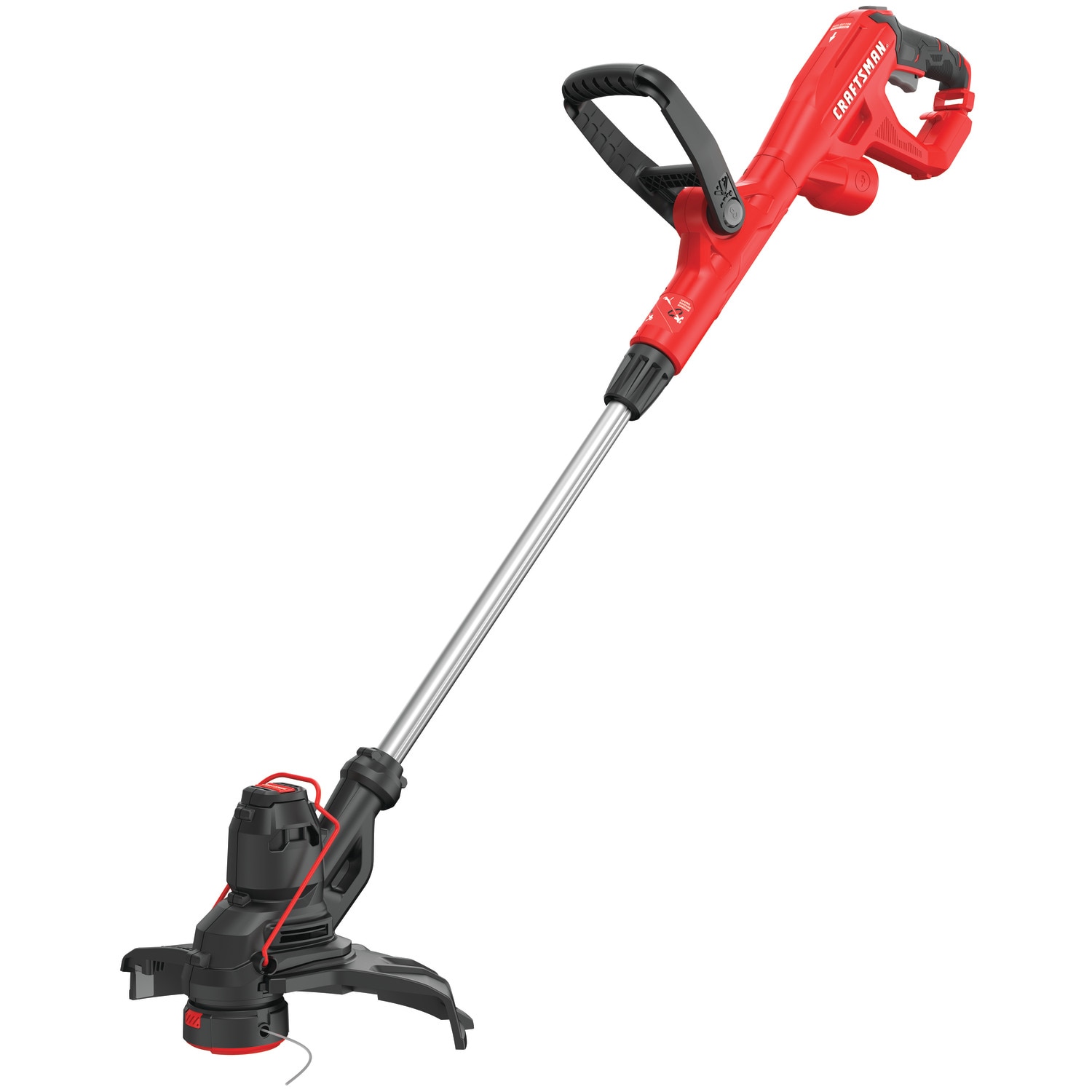

Articles
How To Store Weed Wacker
Modified: January 6, 2024
Looking for articles on how to store a weed wacker? Find useful tips and tricks to keep your weed wacker safe and in good condition.
(Many of the links in this article redirect to a specific reviewed product. Your purchase of these products through affiliate links helps to generate commission for Storables.com, at no extra cost. Learn more)
Introduction
Storing your weed wacker properly is essential for maintaining its performance and prolonging its lifespan. Whether you are storing it for a short period of time or during the off-season, following the right storage practices will ensure that it remains in optimal condition and ready to use when you need it. In this article, we will provide you with the tips and guidelines to store your weed wacker effectively.
Before delving into the specifics of storing the weed wacker, it is important to emphasize the significance of safety precautions. Always ensure that the device is powered off and the spark plug is disconnected before handling or storing it. This will prevent any accidental start-ups or potential injuries during the storage process.
Cleaning and maintenance are vital steps to take before storing your weed wacker. Over time, debris and grass clippings can accumulate on the cutting head, engine, and other parts of the tool. Use a brush or compressed air to remove these residues, paying close attention to the air filters and cooling fins. Additionally, consider inspecting the cutting line and replacing it if necessary. Cleaning and maintaining your weed wacker before storage will prevent the buildup of dirt and ensure its optimal performance when you next use it.
If your weed wacker runs on fuel, proper fuel storage is crucial. Over time, fuel can degrade and damage the engine components if not stored correctly. First, add a fuel stabilizer to the tank and run the engine for a few minutes to circulate the treated fuel. This stabilizer helps to prevent the fuel from deteriorating during storage. Next, empty the remaining fuel from the tank and run the engine until it completely runs out of gas. This will prevent any leftover fuel from causing issues in the carburetor or fuel system. Proper fuel storage practices will protect the engine and save you from potential headaches when you use the weed wacker again.
For those using battery-powered weed wackers, proper battery storage is essential. Remove the battery from the tool and store it separately in a cool and dry place. Ensure that the battery is fully charged before storage, as storing a partially charged battery can lead to it losing its capacity over time. Additionally, some manufacturers recommend storing batteries at a specific temperature range, so check the user manual for any specific instructions.
Key Takeaways:
- Prioritize safety by disconnecting the spark plug and ensuring the weed wacker is powered off before handling or storing it. Proper cleaning, fuel storage, and battery care are essential for maintaining optimal performance and longevity.
- Choose a dry and safe storage location, away from moisture and potential damage. Properly coil the trimmer line to prevent tangles and consider storing your weed wacker with other garden tools for convenience and organization.
Read more: How To Store Weed Wacker In Garage
Safety Precautions
When it comes to storing your weed wacker, it’s essential to prioritize safety. While the tool may be temporarily out of use, following proper safety precautions will help prevent accidents and ensure your own well-being. Here are some key safety measures to keep in mind:
- Before storing your weed wacker, always make sure it is powered off and the spark plug is disconnected. This will eliminate the risk of accidental start-ups and potential injuries.
- Store the weed wacker out of reach of children and pets. Keep it in a secured location, such as a locked shed or cabinet, to prevent any unauthorized access.
- When handling the weed wacker during the storage process, wear protective gear, including gloves and safety glasses, to protect yourself from any sharp edges or debris.
- Ensure that the cutting head is properly covered or secured to prevent accidental cuts or injuries. Many weed wackers come with protective covers or blade guards that should be utilized during storage.
- If you are storing a gas-powered weed wacker, make sure to store it in a well-ventilated area away from any open flames or ignition sources. Gasoline fumes can be highly flammable, so taking this precaution is essential for safety.
- Keep the weed wacker away from any combustible materials. Even when in storage, the tool should be kept separate from any items that could catch fire, such as dry leaves or flammable liquids.
- Regularly inspect the storage area for any signs of damage or deterioration. Weak or unstable structures can pose a safety hazard, so address any issues promptly.
- If you have any concerns or questions about the safe storage of your particular model of weed wacker, consult the user manual or reach out to the manufacturer for guidance.
By adhering to these safety precautions, you can store your weed wacker with confidence, knowing that you have taken the necessary steps to prevent accidents and maintain a safe environment.
Cleaning and Maintenance
Proper cleaning and maintenance of your weed wacker is essential for its longevity and performance. Regular maintenance will help prevent the buildup of dirt, debris, and grass clippings, ensuring that your tool is always ready for use. Here are some guidelines for cleaning and maintaining your weed wacker:
- Start by removing any visible debris or clippings from the cutting head, engine, and other parts of the weed wacker. Use a brush or compressed air to dislodge and remove the dirt.
- Inspect the cutting line for any wear or damage. Replace the line if necessary to maintain efficient cutting performance.
- Check the air filters and cooling fins. These components can become clogged with debris, affecting the engine’s performance. Clean or replace them as recommended by the manufacturer.
- Inspect the spark plug and clean or replace it if necessary. A dirty or worn-out spark plug can affect the weed wacker’s starting ability and fuel efficiency.
- Inspect the fuel filter and clean or replace it as needed. A clogged fuel filter can hinder fuel flow and impact the weed wacker’s performance.
- Check for any loose or worn-out parts. Tighten any bolts or screws that may have come loose and replace any damaged components.
- Inspect the cutting head and blades for any signs of wear or damage. Sharpen or replace them as required to ensure clean and precise cutting.
- Regularly lubricate the moving parts of the weed wacker, such as the throttle trigger and the rotating head mechanism. This will help prevent friction and ensure smooth operation.
It is important to follow the manufacturer’s instructions for cleaning and maintenance to ensure that you are taking the appropriate measures for your specific model of weed wacker. By incorporating regular cleaning and maintenance into your routine, you can keep your weed wacker in optimal condition and extend its lifespan.
Fuel Storage
If your weed wacker runs on gasoline, proper fuel storage is crucial to prevent damage to the engine and ensure smooth operation when you use the tool again. Follow these guidelines for storing fuel in your weed wacker:
- Before storing the weed wacker, add a fuel stabilizer to the gas tank. A fuel stabilizer helps prevent the fuel from deteriorating during storage, ensuring that it remains stable and usable.
- Run the weed wacker for a few minutes after adding the fuel stabilizer. This helps circulate the treated fuel through the carburetor and other fuel system components.
- Next, you will need to empty the remaining fuel from the tank. You can do this by running the weed wacker until it completely runs out of gas. This step is vital to prevent any leftover fuel from causing issues in the carburetor or fuel system during storage.
- Dispose of the empty fuel safely and responsibly, following local regulations and guidelines for the proper disposal of gasoline.
- Store the weed wacker in a well-ventilated area, away from any open flames or ignition sources. Gasoline fumes can be highly flammable, so taking this precaution is essential for safety.
- It is best to store gasoline in a separate, approved fuel container rather than keeping it in the weed wacker’s fuel tank. This way, you can ensure that the fuel remains uncontaminated and ready for use when needed.
- Label the fuel container with the date it was stabilized to keep track of its freshness. Gasoline has a limited shelf life, so it is important to use it within the recommended timeframe.
- Keep the fuel container in a cool and dry place, away from direct sunlight or extreme temperatures. Drastic temperature changes can cause the fuel to expand or contract, potentially leading to leaks or other issues.
By following these fuel storage guidelines, you can protect your weed wacker’s engine and ensure that the fuel remains in optimal condition for future use. Remember to prioritize safety and always handle gasoline with caution.
Battery Storage
If you have a battery-powered weed wacker, proper battery storage is important to maintain the battery’s performance and prolong its lifespan. Follow these guidelines for storing the battery of your weed wacker:
- Remove the battery from the weed wacker before storing it. This prevents any potential drain on the battery during the storage period.
- Ensure that the battery is fully charged before storage. Storing a partially charged battery can lead to it losing its capacity over time.
- Inspect the battery for any signs of damage or leaking. If you notice any issues, consult the manufacturer’s guidelines or seek professional assistance.
- Store the battery in a cool and dry place, away from direct sunlight or extreme temperatures. High heat can damage the battery, while extreme cold can affect its performance.
- Consider storing the battery in a battery case or a protective sleeve to prevent any accidental damage or short-circuits.
- Avoid storing the battery near any sources of moisture or in areas with high humidity. Excessive moisture can corrode the battery and decrease its lifespan.
- Check the manufacturer’s recommendations for the ideal temperature range for storing the battery. Extreme temperatures can affect the battery’s capacity and may cause it to degrade faster.
- If your weed wacker battery is removable, avoid storing it in direct contact with metal objects. Metal can cause a short-circuit and damage the battery.
- Regularly check the battery’s charge level during storage. If it starts to discharge significantly, recharge it as recommended by the manufacturer to maintain optimal battery health.
Following these guidelines will help you store the battery of your weed wacker properly, ensuring that it remains in good condition and ready for use when you need it. By taking care of the battery, you can extend its lifespan and maximize the performance of your battery-powered weed wacker.
Store your weed wacker in a dry, well-ventilated area to prevent rust and corrosion. Hang it on a wall or store it on a shelf to keep it off the ground and out of the way.
Read more: How To Fix Ryobi Weed Wacker
Store in a Dry and Safe Place
When it comes to storing your weed wacker, it’s essential to choose a dry and safe place that will protect the tool from moisture, dust, and potential damage. Here are some guidelines for selecting the ideal storage location:
- Choose a location that is sheltered from the elements, such as a shed, garage, or storage cabinet. This will help protect the weed wacker from rain, snow, and extreme temperatures.
- Ensure that the storage area has proper ventilation to prevent the buildup of moisture. Excessive humidity can lead to rust and corrosion, which can damage the weed wacker.
- If you don’t have access to an enclosed storage area, consider using a waterproof cover or tarp to protect the weed wacker. However, it’s important to ensure that the cover is breathable to prevent condensation from forming.
- Avoid storing the weed wacker directly on the ground. Use a shelf or hooks to keep it off the floor, reducing the risk of moisture seeping in and causing damage.
- Keep the weed wacker away from any chemicals or potentially harmful substances. These can create a safety hazard or damage the tool’s components.
- Make sure the storage area is secure and inaccessible to children or unauthorized individuals. Lock the area if necessary to prevent any tampering or accidents.
- Consider the climate of your storage location. Extreme temperatures can affect the weed wacker’s performance and damage certain materials. If your storage area experiences significant temperature fluctuations, take extra precautions to protect the tool.
- If you have multiple garden tools, consider storing the weed wacker with them. This not only saves space but also keeps all your gardening equipment in one easily accessible place.
- Regularly inspect the storage area for any signs of damage, pests, or mold. Address any issues promptly to ensure that the weed wacker remains in a safe and well-maintained environment.
By storing your weed wacker in a dry and safe place, you can protect it from moisture, prevent damage, and ensure its longevity. Taking the time to select an appropriate storage location will go a long way in maintaining the performance and usability of your weed wacker.
Properly Coil the Trimmer Line
Coiling the trimmer line properly is an important step in storing your weed wacker. By doing so, you can prevent tangles and ensure that the line remains in good condition. Follow these guidelines to properly coil the trimmer line:
- Start by removing any remaining trimmer line from the cutting head. Use caution when handling the line to avoid any cuts or injuries.
- Clean the cutting head thoroughly to remove any debris or grass clippings that may have accumulated.
- Measure and cut a sufficient length of trimmer line for your weed wacker. Refer to the user manual or manufacturer’s guidelines for the recommended line length.
- Hold the two ends of the trimmer line together, forming a loop. Make sure the loop is large enough to comfortably fit over the cutting head.
- Twist the loop of trimmer line several times, creating a tight and secure coil. Continue twisting until the coil reaches the desired size.
- Once the coil is formed, carefully slide it onto the cutting head, ensuring that the trimmer line is properly seated in the retainers or grooves.
- If your weed wacker has a bump feed or automatic line feeding system, make sure that the coiled line is aligned correctly for smooth operation.
- Double-check that the coil is secure and will not unravel during storage. This will prevent hassle and potential tangles when you use the weed wacker again.
Properly coiling the trimmer line reduces the risk of tangles and ensures that it remains in good condition. When you store your weed wacker with a properly coiled trimmer line, you can easily access it when needed without any difficulties or frustrations.
Store with Other Garden Tools
When it comes to storing your weed wacker, consider storing it with your other garden tools. This not only saves space but also allows you to keep all your gardening equipment in one easily accessible place. Here are some reasons why storing your weed wacker with other garden tools can be beneficial:
- Convenience: Storing your weed wacker alongside other garden tools creates a dedicated space for all your gardening equipment. This makes it easier to find and access the tools when you need them.
- Organization: By grouping your tools together, you can keep your storage area tidy and organized. Proper organization saves time and reduces the risk of misplacing or losing tools.
- Space-saving: Storing your weed wacker with other tools maximizes the use of available space. It prevents clutter and frees up room for other storage needs.
- Protection: When stored together, garden tools can provide additional support and protection to each other. They act as a barrier, preventing any potential damage or impact during storage.
- Easy Maintenance: Storing your weed wacker with other garden tools encourages proper maintenance habits. You can easily inspect, clean, and maintain all your equipment in one go, ensuring they remain in good condition.
- Shared Resources: Having your tools together allows for easy sharing of resources. For example, if you store spare trimmer line or extra parts with your weed wacker, they will be readily available when needed for any of the garden tools.
When storing your weed wacker with other garden tools, make sure to follow proper storage practices for each tool. Clean and maintain them regularly, and check for any signs of damage or wear. Inspect handles, blades, and any moving parts to ensure optimal performance and safety. Additionally, always prioritize safety when storing and handling your tools to prevent accidents.
By storing your weed wacker with other garden tools, you create a dedicated and organized space for all your equipment. This not only saves time and space but also ensures that your tools remain in good condition and ready for use whenever you need them.
Storing the Weed Wacker Long-Term
If you’re planning to store your weed wacker for an extended period, such as during the off-season, there are additional steps you can take to ensure its preservation. Follow these guidelines for storing the weed wacker long-term:
- Thoroughly clean the weed wacker before storage, removing any dirt, debris, or grass clippings. Use a brush or compressed air to clean hard-to-reach areas.
- Inspect the weed wacker for any signs of damage or wear. Address any issues before storage to prevent them from worsening over time.
- Consider applying a thin coat of lubricant to metal parts, such as the cutting head and engine, to prevent rust and corrosion during storage.
- If possible, remove the cutting head or attachment and store it separately. This reduces the risk of damage to the head or other components during storage.
- Ensure that the fuel tank is empty if you have a gas-powered weed wacker. Emptying the tank prevents any residual fuel from causing issues in the carburetor or fuel system.
- For battery-powered weed wackers, remove the battery and store it separately. Follow the battery storage guidelines mentioned earlier in this article.
- Find a cool, dry, and well-ventilated area for long-term storage. Consider using a storage container or bag specifically designed for tools to protect the weed wacker from dust and moisture.
- Store the weed wacker in an upright position to prevent any unnecessary pressure or strain on the cutting head or other components.
- Periodically check on the stored weed wacker to ensure there are no signs of damage, pests, or moisture buildup. Address any issues promptly before they cause further damage.
- If storing for an extremely long period, consider rotating the stored weed wacker periodically and running it briefly to prevent any potential engine or fuel system issues.
By following these guidelines, you can store your weed wacker long-term with confidence, knowing that it will remain in good condition during the duration of storage. Taking the time for proper cleaning, maintenance, and storage practices will help ensure that your weed wacker is ready to go when you next need it.
Read more: How To Start Ryobi Weed Wacker
Conclusion
Storing your weed wacker properly is key to maintaining its performance, longevity, and safety. By following the right storage practices, you can ensure that your weed wacker remains in optimal condition and ready for use when you need it. Here are the key takeaways from this article:
- Prioritize safety by disconnecting the spark plug and ensuring the weed wacker is powered off before handling or storing it.
- Clean the weed wacker thoroughly, removing debris and inspecting the cutting line, air filters, and other components.
- Proper fuel storage is crucial for gas-powered weed wackers. Add a stabilizer, run the engine to circulate the treated fuel, and empty the tank before storage.
- If you have a battery-powered weed wacker, remove and store the battery separately in a cool and dry place.
- Choose a dry and safe storage location, away from moisture and potential damage.
- Properly coil the trimmer line to prevent tangles and store it securely on the cutting head.
- Consider storing your weed wacker with other garden tools to save space, stay organized, and share resources.
- For long-term storage, clean the weed wacker thoroughly, inspect for damage, and store it in a cool and dry place.
By following these guidelines, you can ensure that your weed wacker remains in excellent condition, ready for reliable performance whenever you need it. Regular maintenance and proper storage practices will help extend the lifespan of your tool, saving you time and money in the long run.
Remember, always prioritize safety and consult the manufacturer’s guidelines or user manual for any specific recommendations or instructions regarding the storage of your particular weed wacker model. With proper care and storage, your weed wacker will continue to be a valuable gardening companion for years to come.
Frequently Asked Questions about How To Store Weed Wacker
Was this page helpful?
At Storables.com, we guarantee accurate and reliable information. Our content, validated by Expert Board Contributors, is crafted following stringent Editorial Policies. We're committed to providing you with well-researched, expert-backed insights for all your informational needs.
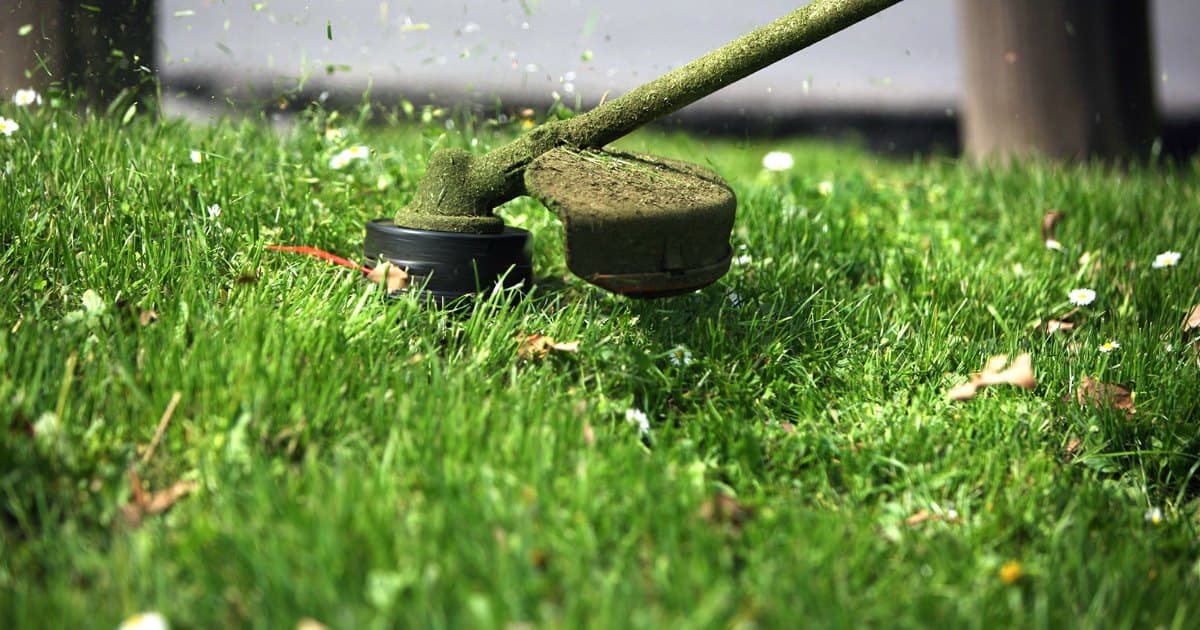
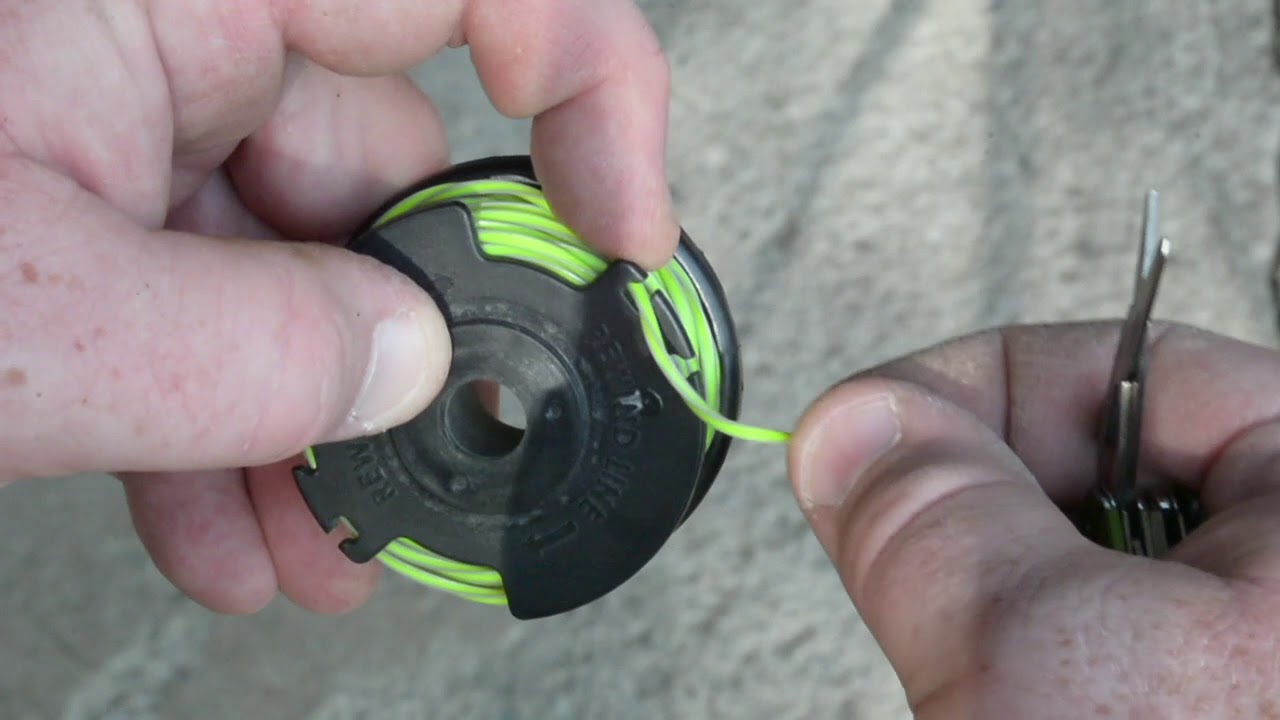
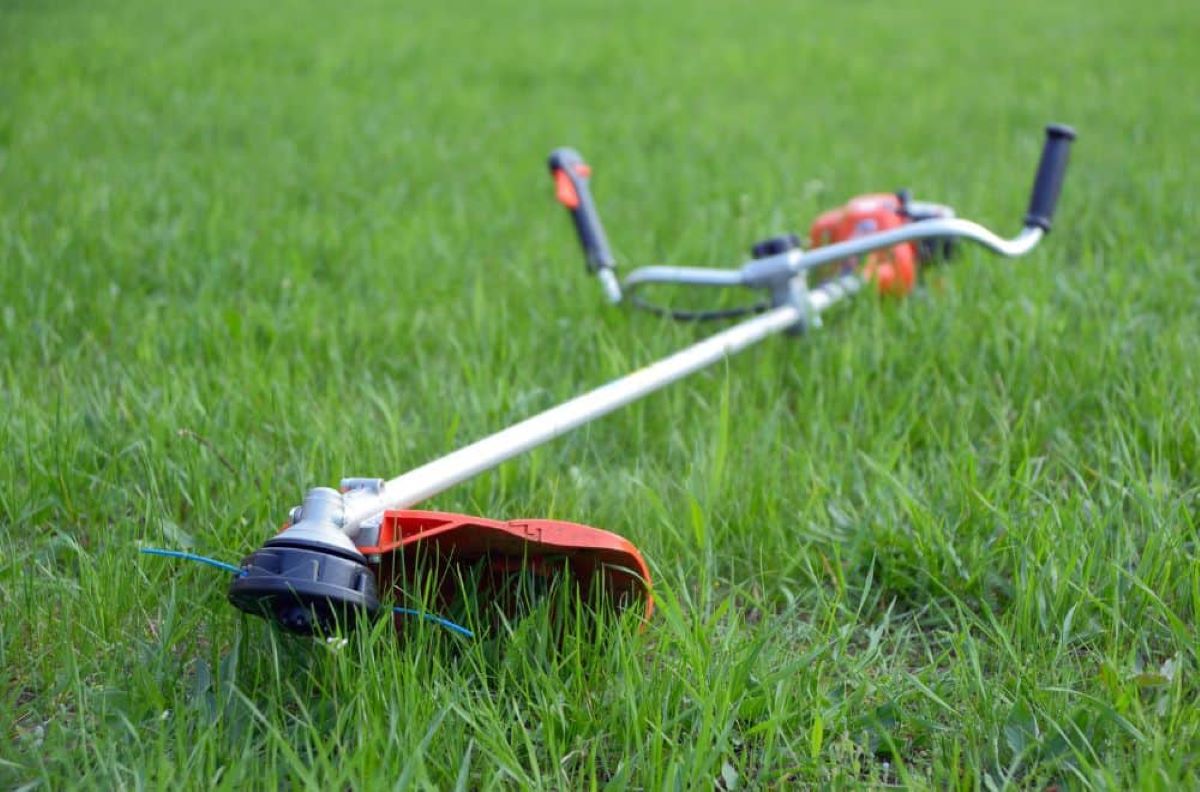


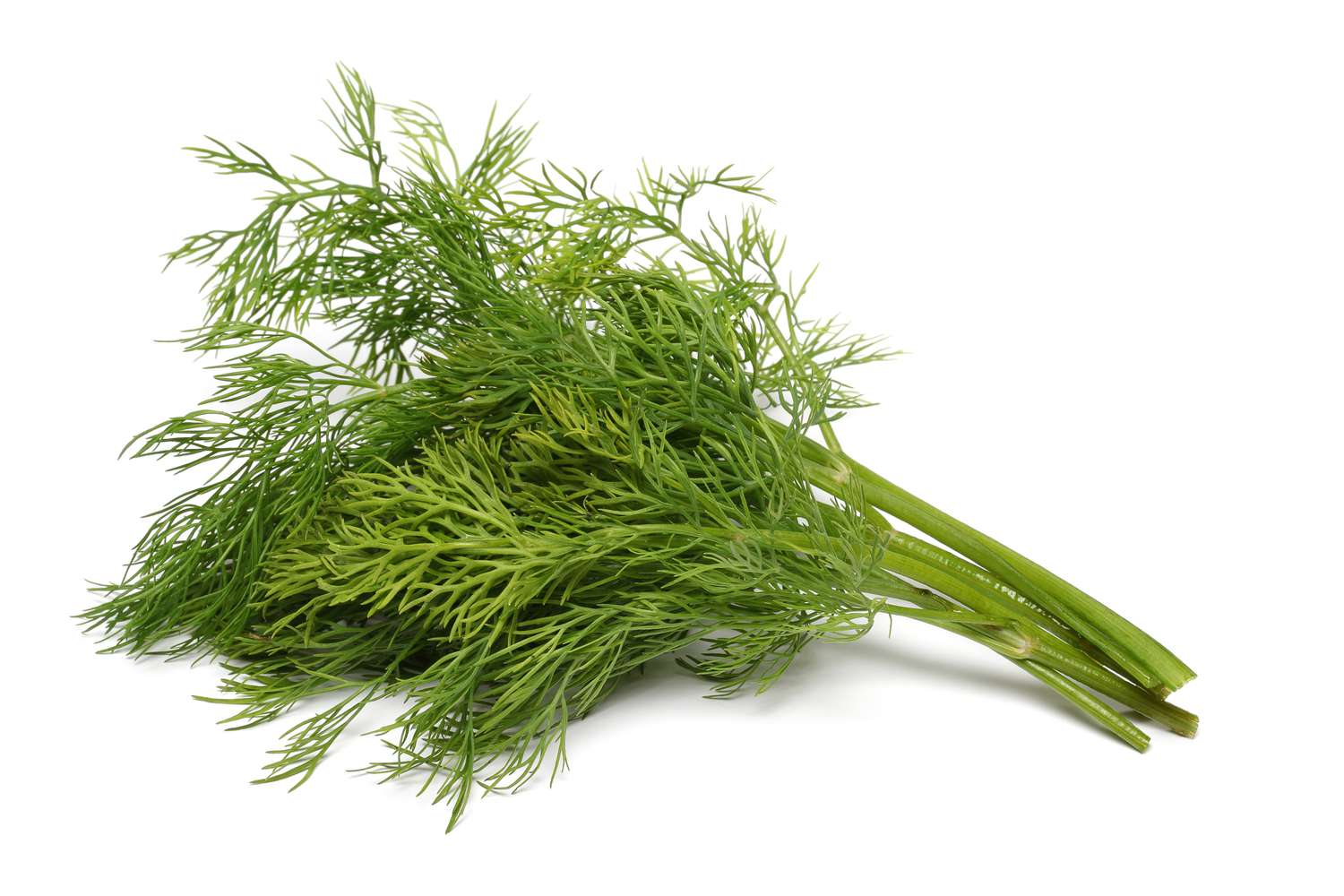

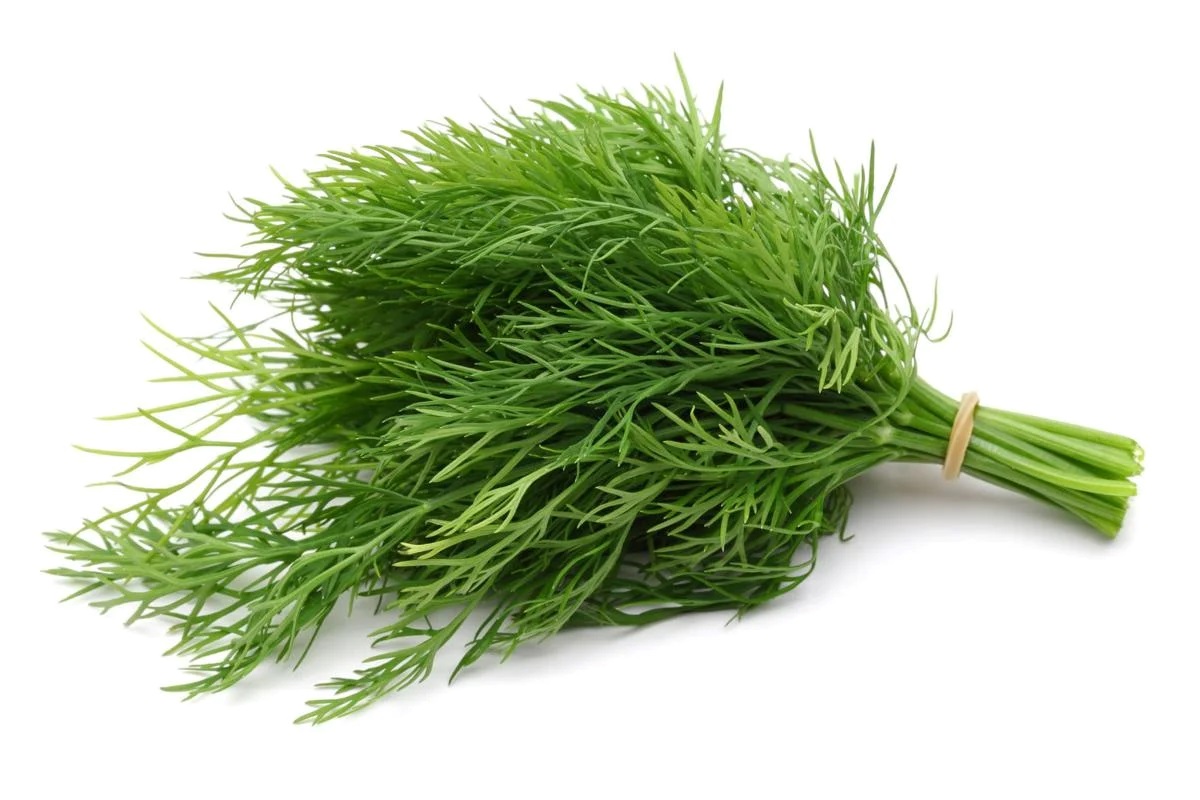

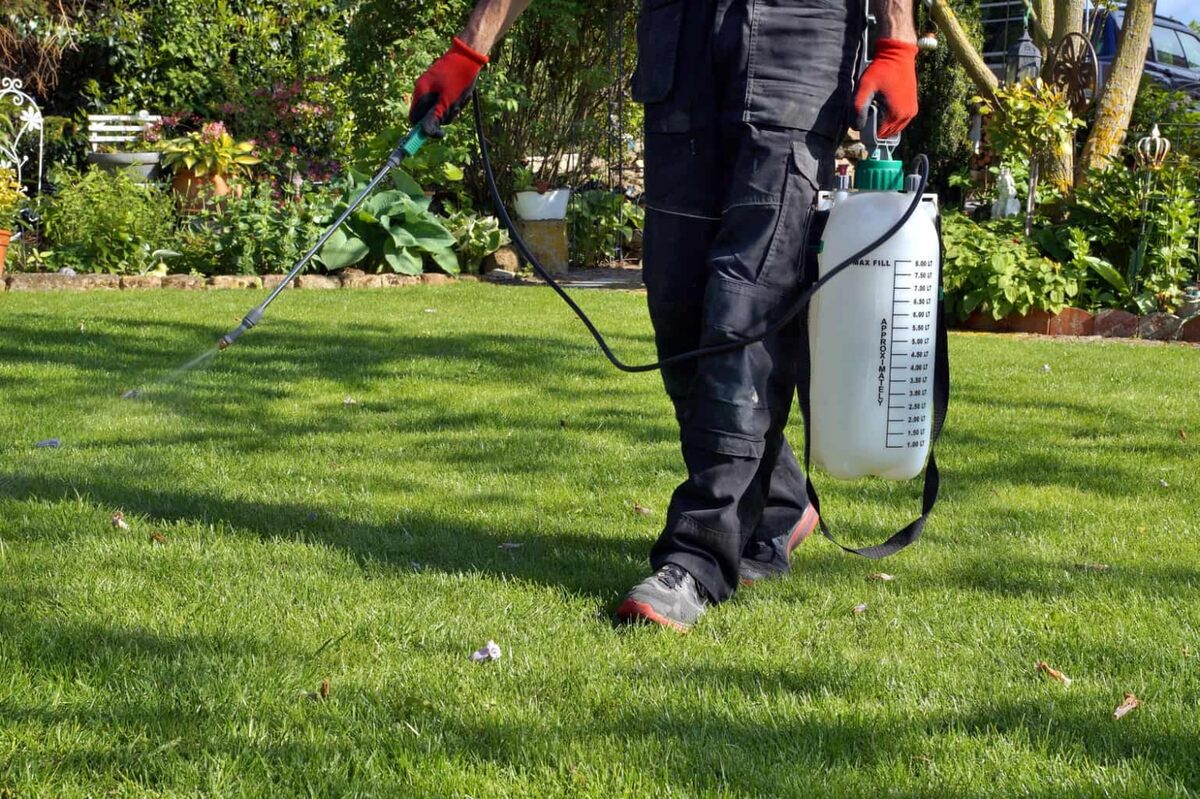
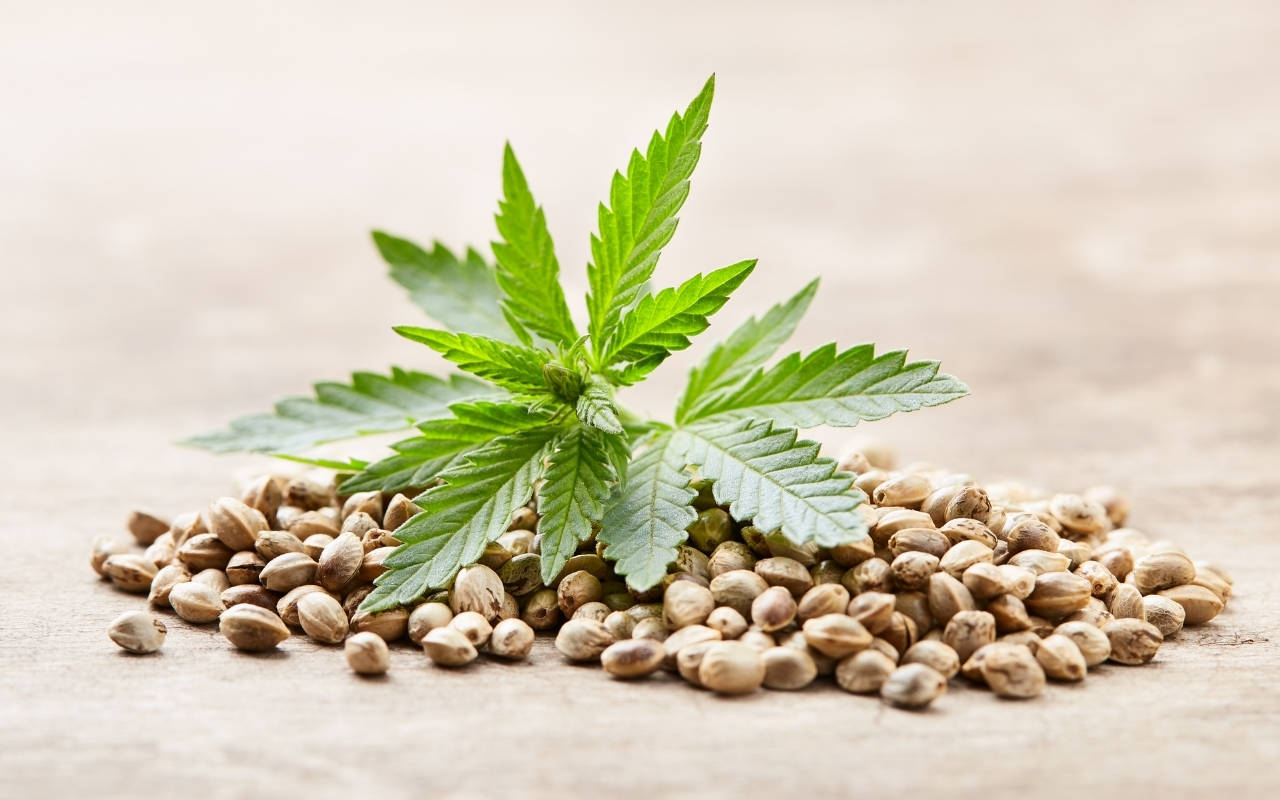
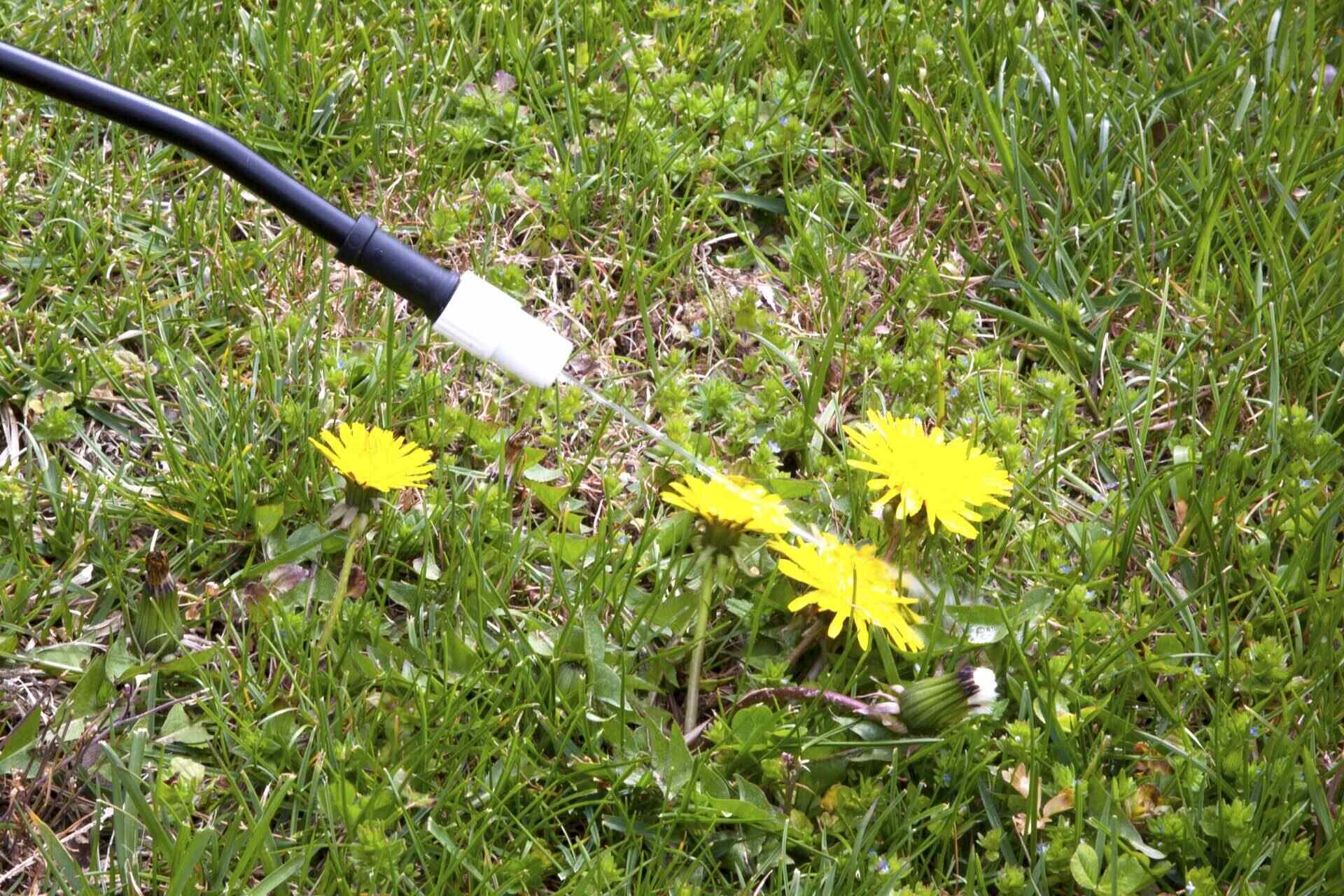
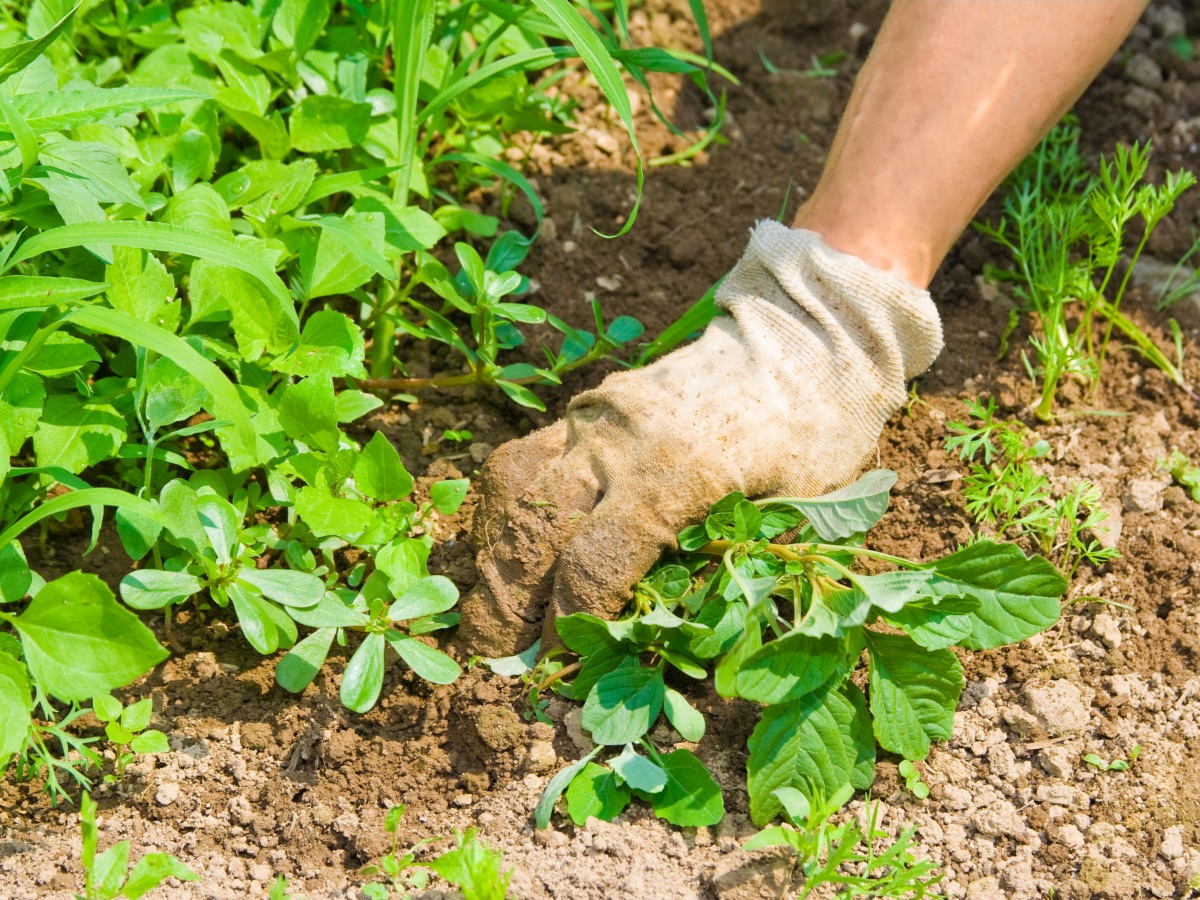

0 thoughts on “How To Store Weed Wacker”